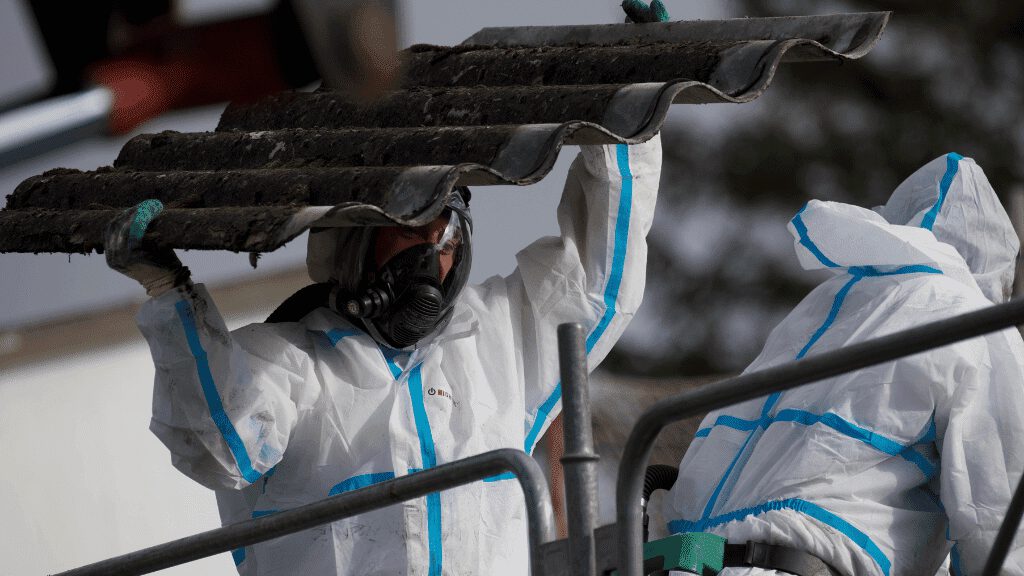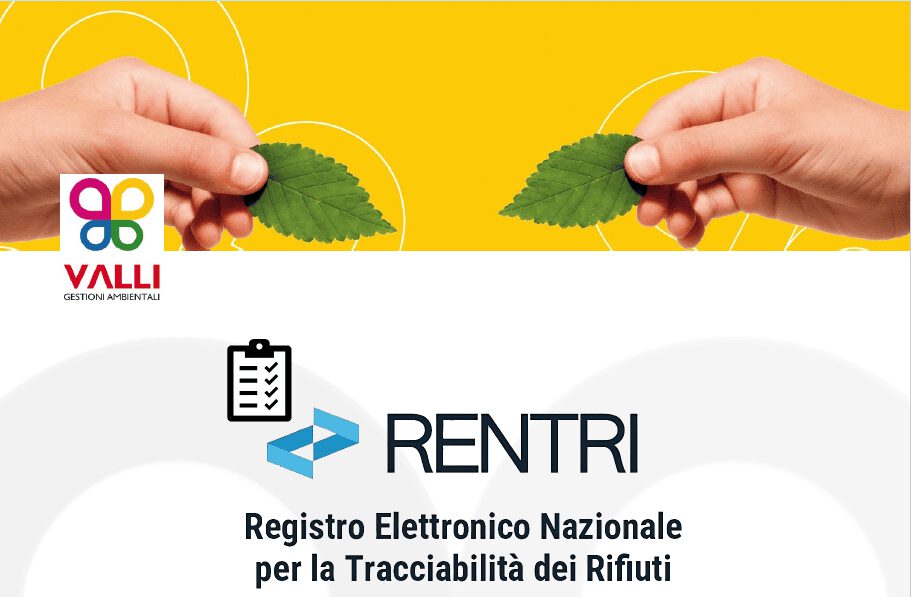Asbestos, once a favorite material in the construction and manufacturing industries for its heat resistance, insulation and versatility properties, has proven over the years to be a silent threat to health and the environment.
Asbestos fibres, which are invisible and odourless, can cause serious damage to human health once released into the air.
Its impact on the environment is equally severe, with contamination extending from soil to groundwater. This text will explore in depth the environmental and health risks of asbestos, outlining modern solutions and strategies to mitigate these threats.
The characteristics of the material
Asbestos is a term that refers to a group of fibrous natural silicate minerals, known for their exceptional physical properties. Over the years it has found applications in a wide range of products mainly for three reasons: its ability to resist fire, its thermal and acoustic insulation and its resistance to chemical corrosion.
In the construction and manufacturing sectors, asbestos has been used to reinforce cement and plastics, for thermal and electrical insulation, and in vehicle braking and transmission systems.
Since the mid-twentieth century, asbestos has been regularly used in:
- Building materials: ceiling tiles, roof sheets, bricks, asbestos cement.
- Industrial insulation: pipes, boilers, generators.
- Consumer products: gaskets, brakes, appliances such as toasters and hair dryers.
However, from the late 1970s and during the 1980s, growing awareness of the health hazards associated with exposure to asbestos led to strict regulations and a significant decline in its use.
Countries around the world have begun to impose bans and restrictions on the use of asbestos, prompting industries to seek safer alternatives.
The environmental impact of asbestos is significant and multifaceted. Originally extracted from natural quarries, asbestos can cause environmental damage already during the extraction phase.
Asbestos fibers, if released into the air or water bodies during extraction or disposal, can contaminate large environments and persist for long periods.
Air contamination
Asbestos fibers can become airborne through the erosion of asbestos-containing materials exposed to the elements or during the demolition of structures containing asbestos. These airborne fibers can travel for miles, extending the exposure radius far beyond the original site.
Water contamination
Asbestos fibers can also infiltrate aquifer systems through landfills that do not handle these materials properly. Their inert and non-biodegradable nature complicates the treatment of contaminated water and can affect aquatic flora and fauna.
Impact on soil
The deposit of asbestos-containing waste at disposal sites can lead to long-term soil contamination. Fibers can remain in the soil for decades, affecting soil health and limiting the use of these areas for agriculture or urban regeneration.
The related health risks
Exposure to asbestos is associated with significant health risks, which can manifest themselves many years after initial exposure. Inhaling fiber can negatively affect overall well-being, which is why it is essential to take strict preventive measures to minimize exposure.
The safe removal of asbestos is therefore an environmental and health priority, requiring specialized procedures and strict regulations to ensure that the handling and disposal of asbestos-containing materials do not further expose the environment or individuals to these hazardous fibers.
The three main methods for asbestos remediation
The management and remediation of asbestos-contaminated sites are complex procedures that require specific methods to ensure environmental safety and public health. The Ministerial Decree of 6 September 1994 establishes three main methods for asbestos remediation, each suitable for different situations based on the condition of the contaminating material and the specific requirements of the site. Here’s a breakdown on each method:
- Confinement
Confinement is a remediation technique that involves isolating asbestos-containing materials without removing them from the site. Such a method is often used when removal is too risky or impractical. The process includes creating a physical barrier, such as a cavity or cover, that prevents asbestos fibers from leaking into the surrounding environment. This barrier can be made of waterproof and durable materials that completely seal the asbestos.
- Encapsulation
Encapsulation involves the application of encapsulating products that form a protective film around asbestos-containing materials. These specialized chemicals are designed to bind asbestos fibers, preventing their release into the air.
This solution is often considered when materials are in such a condition that safe removal is not possible, or when confinement is not practicable. Encapsulation is a less invasive solution than removal and can be accomplished with less disruption to the building and its occupants.
- Removal
Removal is the most radical but also the most effective method to eliminate the risk associated with asbestos permanently. The process involves the physical removal of all asbestos-containing materials from a building or site. Removal is complex and risky, requiring strict safety procedures to prevent air contamination during work.
The removed materials must then be transported and disposed of in specialized landfills that are equipped to handle hazardous waste such as asbestos. Despite the fact that removal produces a large amount of waste, it offers a permanent solution to the asbestos problem, eliminating the need for additional safety interventions in the future.
The choice of remediation method depends on various factors, including the type and condition of asbestos, the presence of people nearby, costs, and current legal regulations. The decision must be made by professionals who are experts in occupational safety and health, who, as Valli Gestioni Ambientali, can accurately assess the risks and determine the safest and most effective approach.
Environmentally friendly solutions for asbestos treatment
The responsible asbestos disposal process is essential to prevent further environmental and health exposures.
After removal of asbestos-containing materials (MCA), it is crucial that they are handled with extreme caution to ensure that no leakage of harmful fibres into the environment occurs.
Packaging & Transportation
Asbestos-containing materials must be packaged securely to prevent the release of fibers during transport to disposal facilities. This process typically includes the following steps:
- Double packing: Materials are first wrapped in heavy plastic sheets, which are at least 200 microns thick, and sealed with tape to ensure that the fibers cannot escape. After that, they are placed in bags or containers labeled specifically for asbestos-containing waste.
- Clear labeling: All packages must be clearly labeled with hazard warnings to inform anyone handling waste of the hazardous contents.
- Precautionary transport: Materials must be transported in sealed vehicles and intended exclusively for the transport of hazardous materials. It is essential that transport follows predetermined routes that minimise the risk of accidental exposure to the public and the environment.
Landfill disposal
Once at the landfill, asbestos-containing materials require specific procedures for safe disposal:
- Specialized landfills: Not all disposal sites are suitable for asbestos. Landfills that accept MCA must have specific permits that confirm their ability to handle these hazardous materials. These landfills are usually equipped with special confined areas where asbestos can be deposited without risk of contaminating the air or water.
- Controlled management: Materials containing asbestos are deposited in confinement cells separate from other types of waste. The cells are then covered and sealed to prevent the dispersion of fibers.
- Long-term monitoring: Landfills that accept asbestos are subject to strict environmental monitoring. This includes monitoring the quality of the surrounding air and water to ensure that there are no leaks of contaminants.
Prevention of asbestos pollution
The prevention of asbestos pollution is essential to protect both the environment and public health. This includes:
- Strict regulations
Adopting strict environmental regulations for the management, use, and disposal of asbestos can significantly reduce the risk of exposure and contamination.
We recall the Legislative Decree 81/2008 (“Consolidated Law on Safety at Work”) which includes specific provisions for the prevention and protection of workers exposed to asbestos and Law 257/1992 which banned the use of asbestos in Italy and established rules for the remediation of contaminated sites and for the safe disposal of materials containing asbestos.
- Training and awareness raising
Training of professionals and public awareness of the risks of asbestos are crucial to prevent accidental exposure. This includes education on how to recognize asbestos-containing materials and the correct procedures for their management.
- Monitoring and control
Implementing monitoring and control systems to detect the presence of asbestos fibers in the air, water and soil helps to intervene quickly in case of contamination.
- Replacement Policies
Encouraging industrial policies that promote the use of alternative materials to asbestos in new developments and renovations can gradually reduce the presence of asbestos in the built environment.
Conclusion
The environmental impact of asbestos is a major issue that profoundly affects public health and the ecological balance of our ecosystems. Effective management of this issue requires a coordinated and integrated approach involving governments, industries and local communities.
Only through strict laws, advanced remediation technologies, targeted educational programs and continued scientific research can we hope to reduce the risks associated with asbestos and ensure a safer environment for future generations.
For more information, visit the dedicated page of our website on asbestos management.




